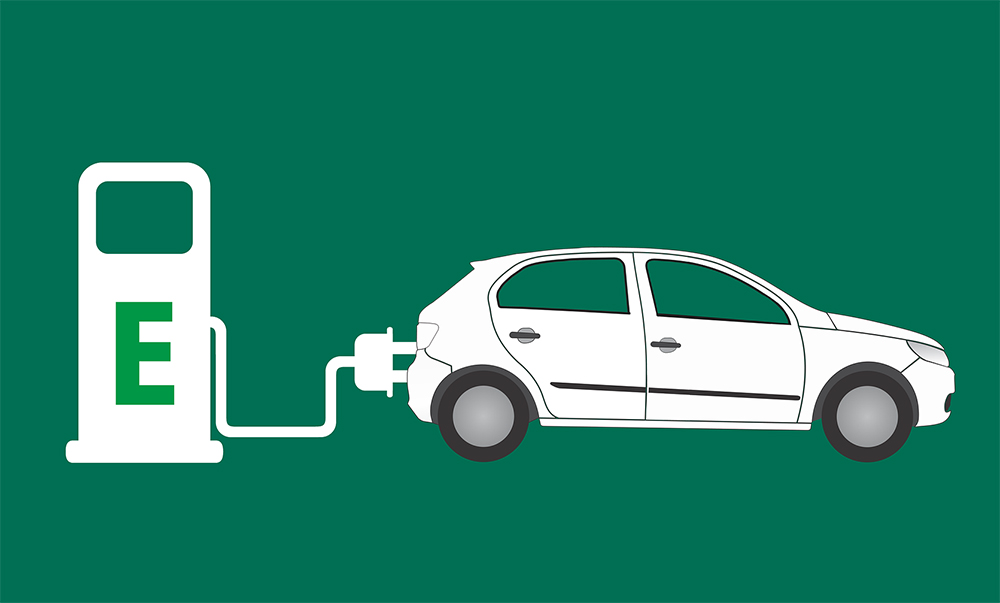
I am thrilled. The world is embracing the reality that the future of automobiles is electric. It took a while, but what’s important is that we finally seem to have gotten to this point.
The road to electric goes back to the early 1800s. In 1828, a Hungarian priest and physicist reportedly invented an electric motor and created a small car using it. In 1884, the first production electric car was supposedly introduced in Wolverhampton by English inventor Thomas Parker. In the United States, the first electric wagon was introduced by William Morrison in 1890, apparently able to run at an amazing 23km/h.
The electric vehicle enjoyed popularity until the early 1900s when internal-combustion engines started to gain wider acceptance. The popularity of ICE was bolstered by an expanding road infrastructure that enabled long-distance driving. EVs were, of course, limited in range. Also, oil reserves were being discovered in large quantities, making gasoline more available and accessible to motorists than the limited power infrastructure at the time. Finally, ICE-run vehicles were far cheaper to produce in mass quantities. In 1912, it was reported that EVs sold at twice the price of a petrol vehicle. Interestingly, these are all the exact same issues that frame the shift from fossil fuel-powered vehicles to EVs right now.
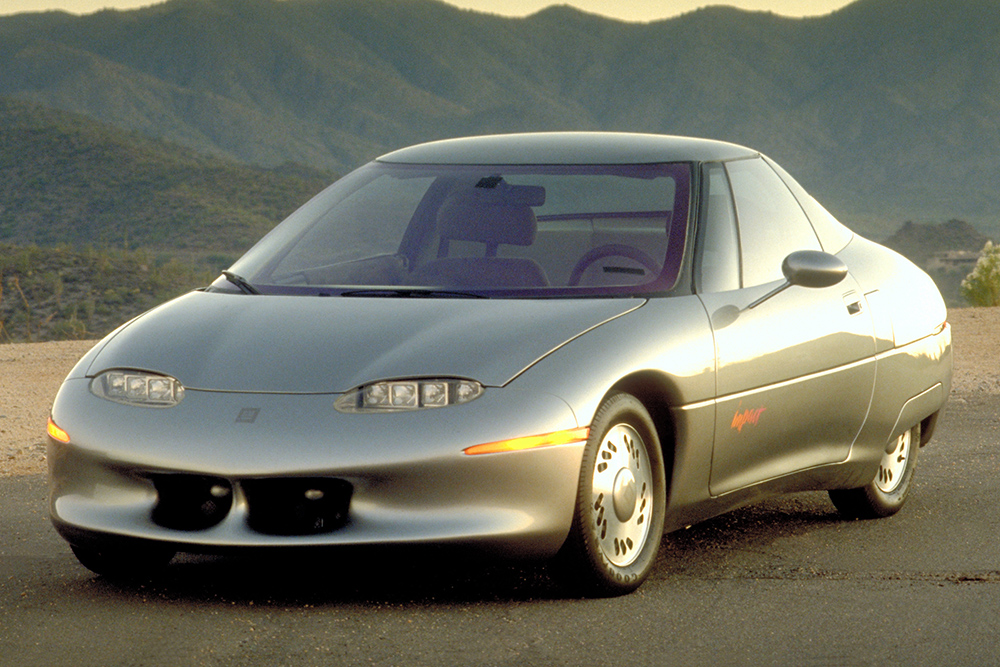
Many car manufacturers have experimented in building EVs. Prototypes would grace motor shows every now and then. Car lovers, the media and the public at large would marvel at the notion, but relegate it to a place far, far away. It was the stuff that car ads would tout to buffer the green creds or embellish the visionary ethos of automakers. At the 1990 Los Angeles Auto Show, then General Motors president Roger Smith showcased the GM Impact, a concept electric car. He also famously announced that GM would produce and sell EVs. For the most part, though, electric cars remained concept cars.
In the 1990s, in response to a move by California to reduce emissions, carmakers introduced a number of EVs. Among them were the Chrysler TEVan, the Ford Ranger EV, the GM EV1, the Honda EV Plus and the Toyota RAV4 EV. Due to cheap oil prices, though, EV sales did not really get off the ground.
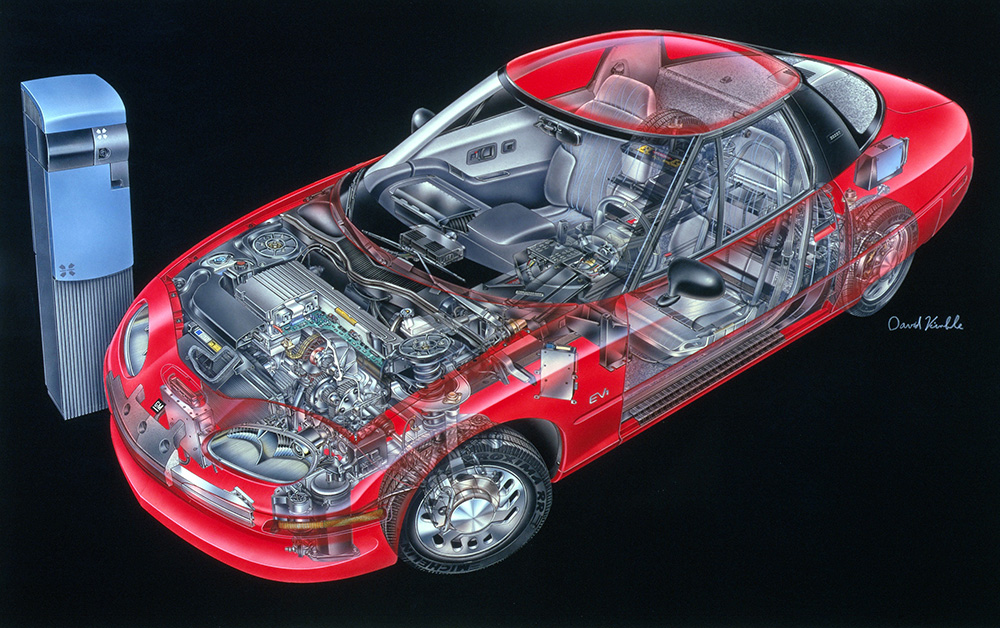
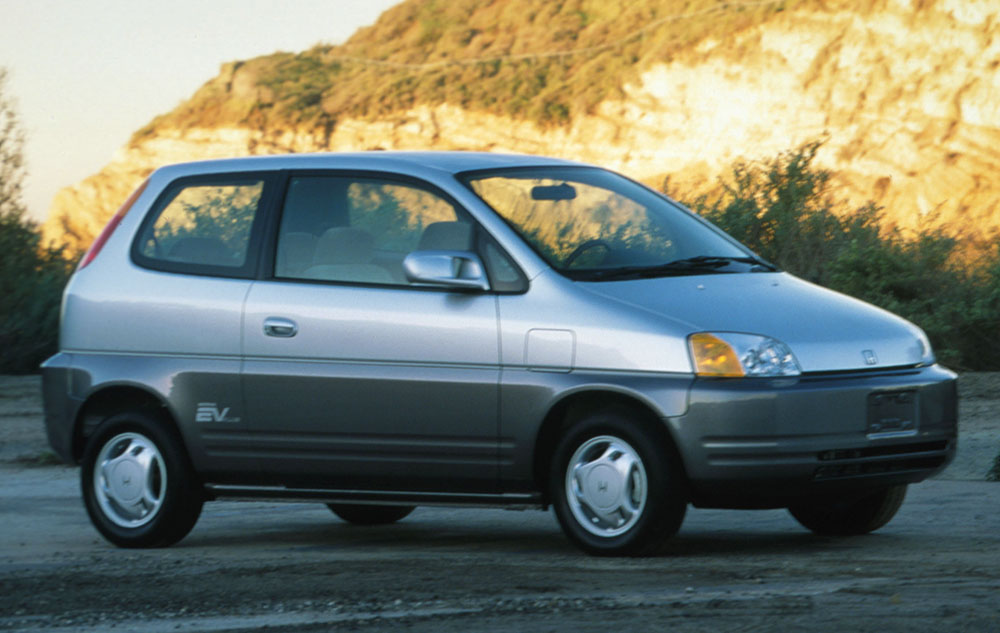
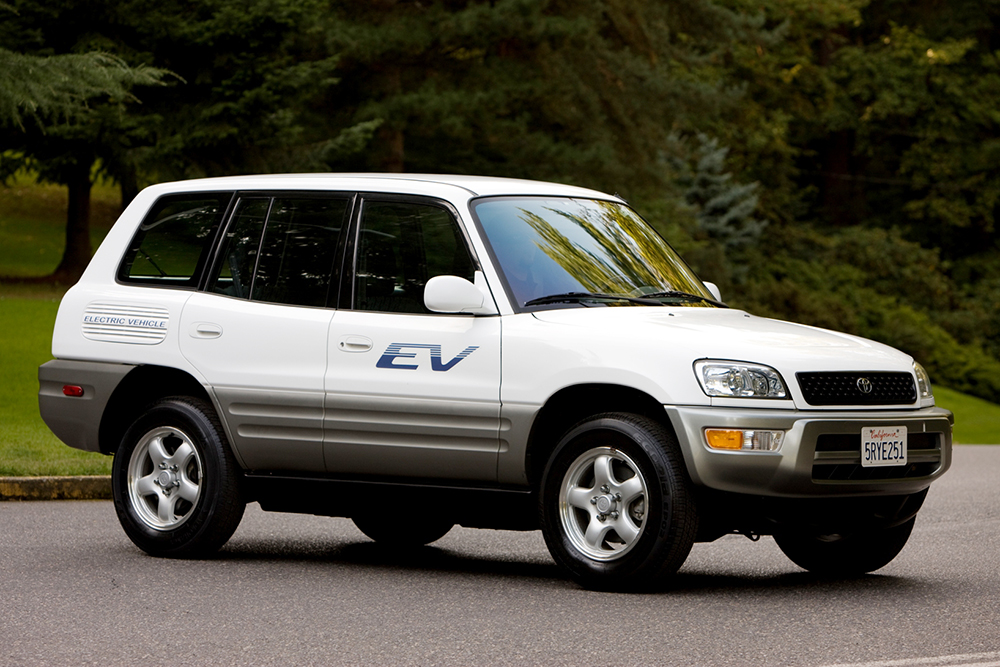
The first serious effort at pushing the envelope for mass production of EVs was, arguably, Toyota’s introduction of the Prius hybrid electric vehicle (HEV) in 1997. Back then, auto players scoffed at the idea of a hybrid vehicle, referring to it as a “marketing gimmick.” It was a shortsighted view by the industry, in my mind. Toyota never claimed that hybrids would be the final solution to the overdependence of automobiles on fossil fuels. It was, however, a concrete first step, an immediate solution that could kick-start a move to alternative drivetrains. It was a today answer for a tomorrow problem, and it avoided having to kick the can down the road, so to speak. After all, the battery, the electric motor and the inverter used on HEVs are the same three critical components needed to drive electric vehicles.
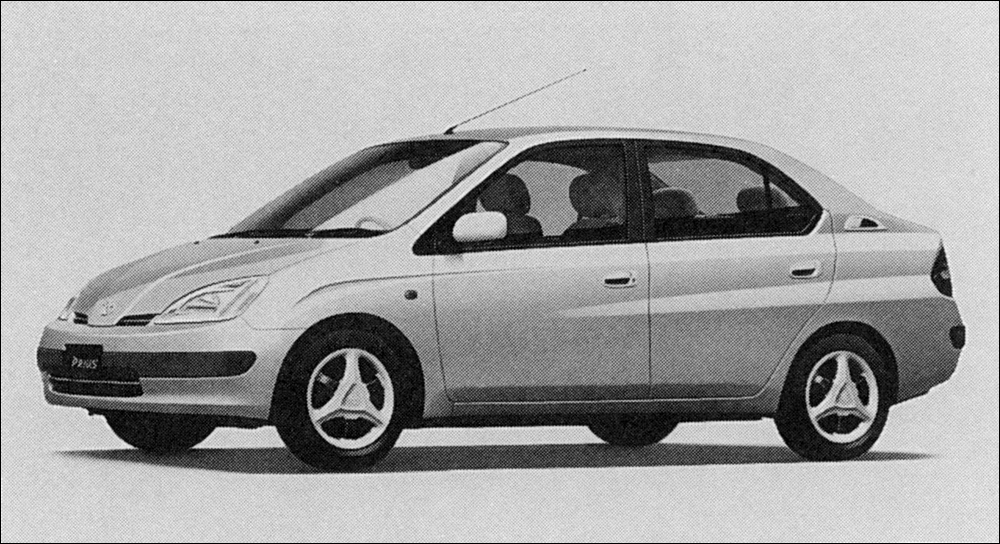
Early adaptors of the HEV were, quite naturally, liberals, environmentalists and techies. The take-up, however, was not enough to create critical mass that could, in turn, drive production costs down. It took Toyota about 10 years to sell its first one million HEVs. In time, demand picked up and it took only another 10 years to break 10 million units in sales. Today, every car manufacturer talks about electrifying its product lineup through a combination of HEVs and full-battery electric vehicles (BEV).
When car manufacturers shifted their gospel, EVs were suddenly vogue; they seemed like the best thing that ever happened to driving
The case for electric vehicles is still not an open-and-shut one, though. For pretty much the same issues mentioned earlier—pricing, range and recharging network—car buyers are still not flocking to car dealers to take delivery of EVs. The increased interest and calls for more EVs might, perhaps, be a function of supply creating its own demand. Not too long ago—when automakers were pushing their petrol-powered cars—buyers would swear by them. For many, there was no way that EVs would ever displace ICE cars. What would a car be without the familiar roar (or whine or shriek) of its engine? EVs could never be as much fun to drive as petrol cars. When car manufacturers shifted their gospel, however, EVs were suddenly vogue; they seemed like the best thing that ever happened to driving.
What people often forget is why automakers have seemingly fallen headlong in love with EVs. It’s not because EVs drive better or that they are cheaper to build or that they are the white knight of sustainable motoring. Auto companies have been shepherded by governments to EVs in order to meet commitments made at the Paris Agreement or the 21st Conference of the Parties. Strictly, therefore, the shift to EVs is only as important as the ability of power companies to shift away from fossil fuel or charcoal-fired generation plants. Even if majority of cars become fully electric, the impact to the reduction of tailpipe carbon-dioxide emissions will be offset by an increase in oil well and power-generation emissions.
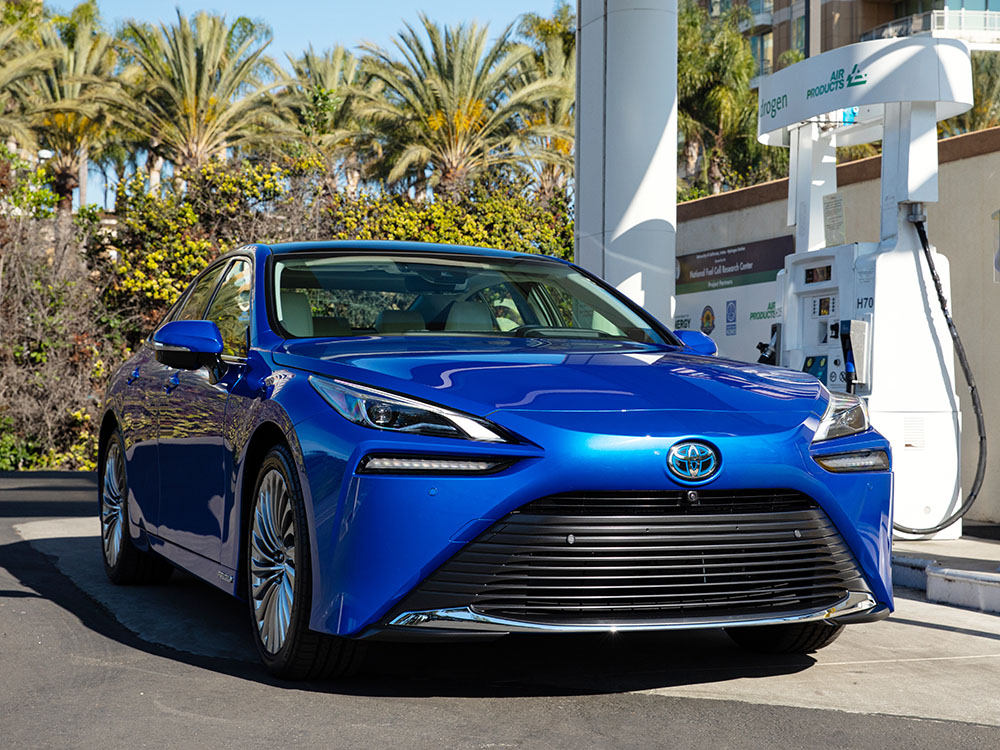
Are BEVs the final solution? I think maybe not. Fuel-cell vehicles (FCV) that are hydrogen-powered might yet prove to be the more sustainable solution because it effectively addresses emission targets. Hydrogen fuel is completely carbon-free. It also solves the issues of range anxiety and recharging time. Petrol stations can be converted into hydrogen stations in a cost-effective manner.
One thing is sure: Getting to a sustainable future for motoring will involve a full range of alternatives—HEV, BEV and FCV. Car manufacturers must be able to offer a full suite of electrified models and alternative drivetrains for car buyers to choose from. A one-size-fits-all solution cannot be sustained.
Truly, the future of mobility is electric.

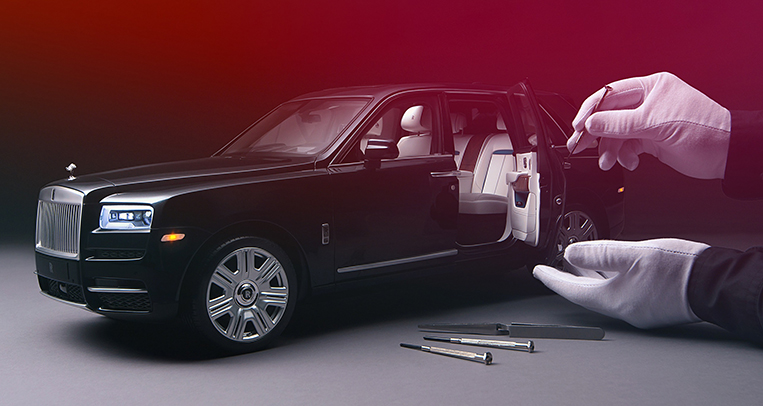
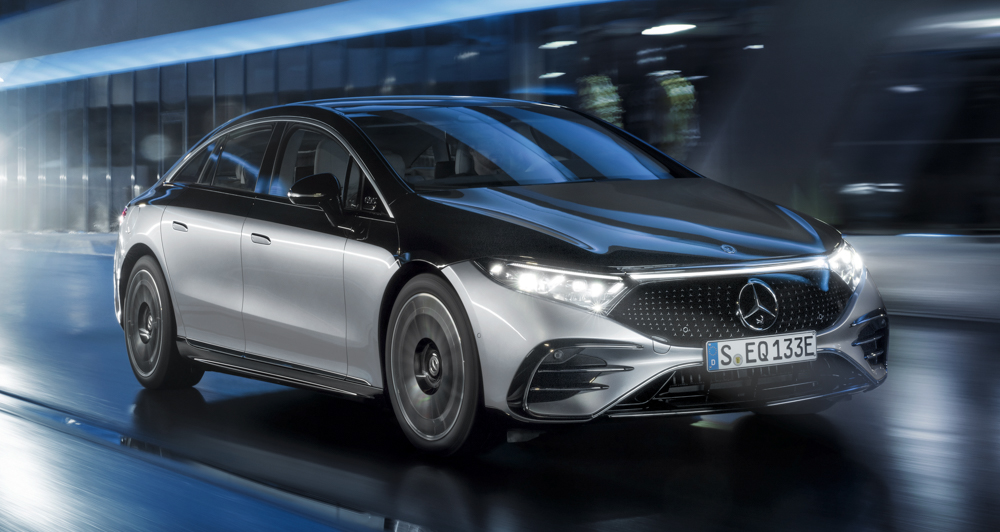
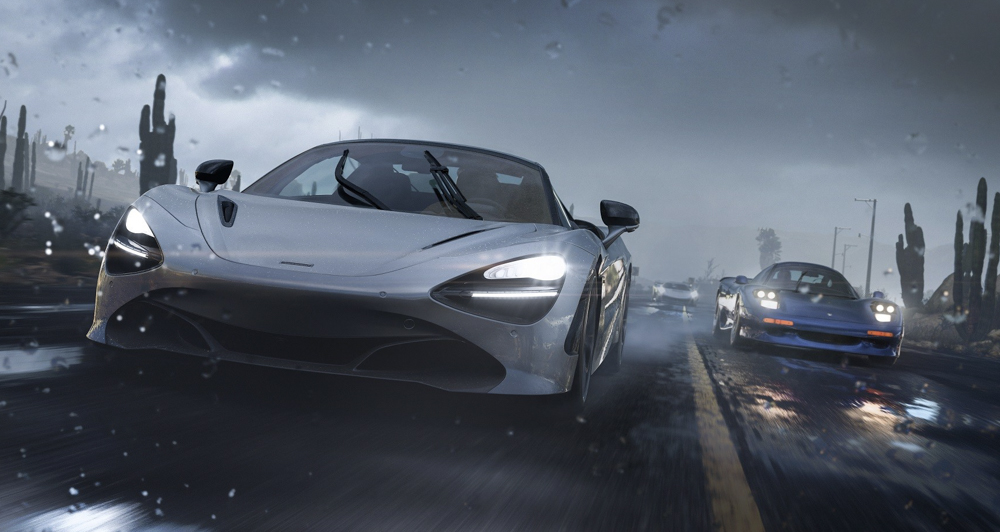
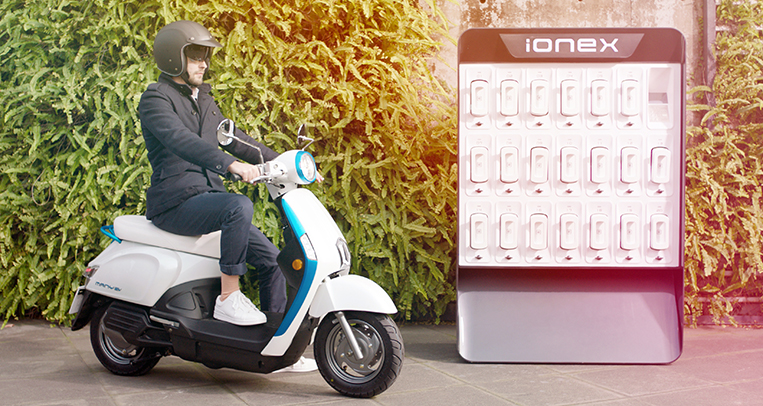
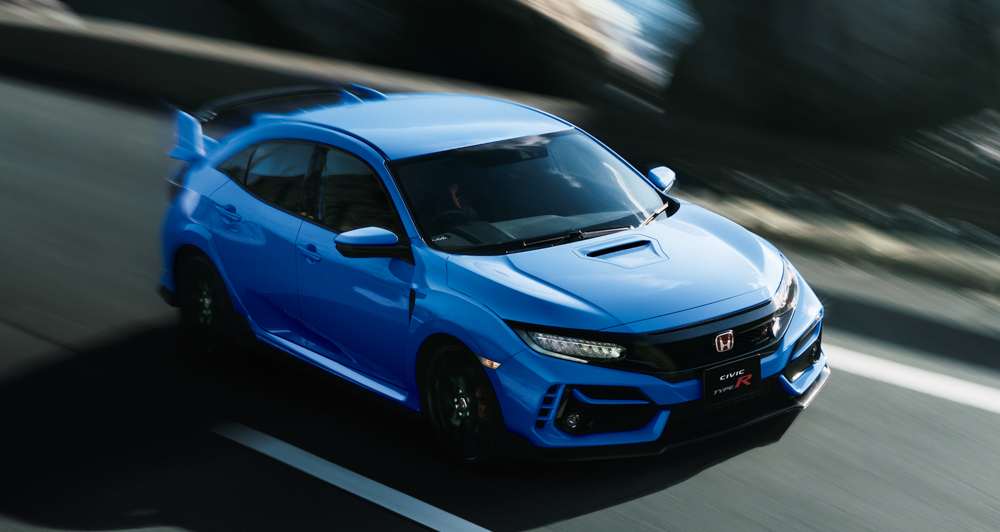





Comments